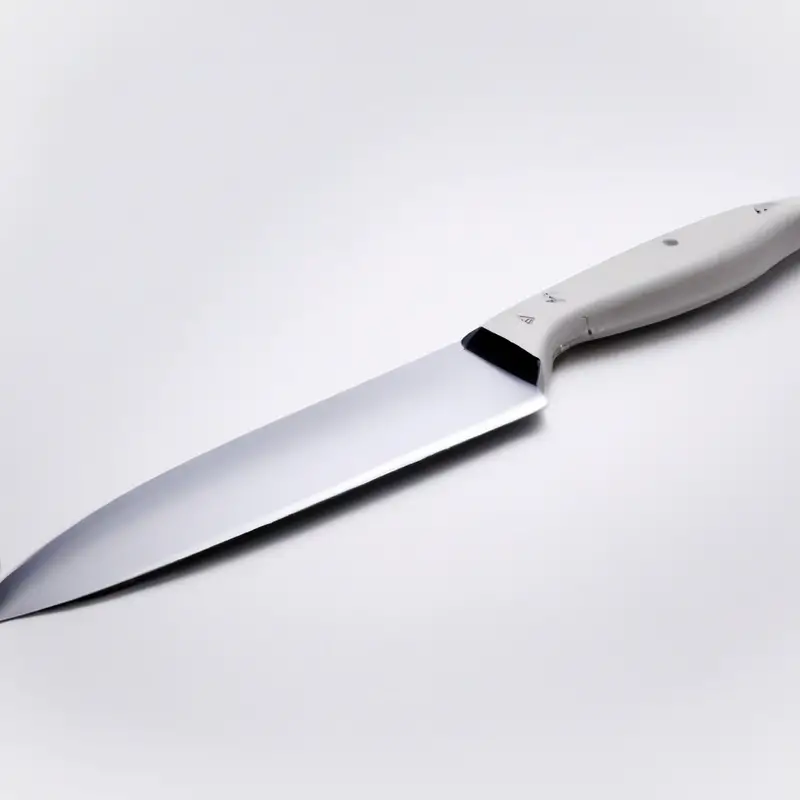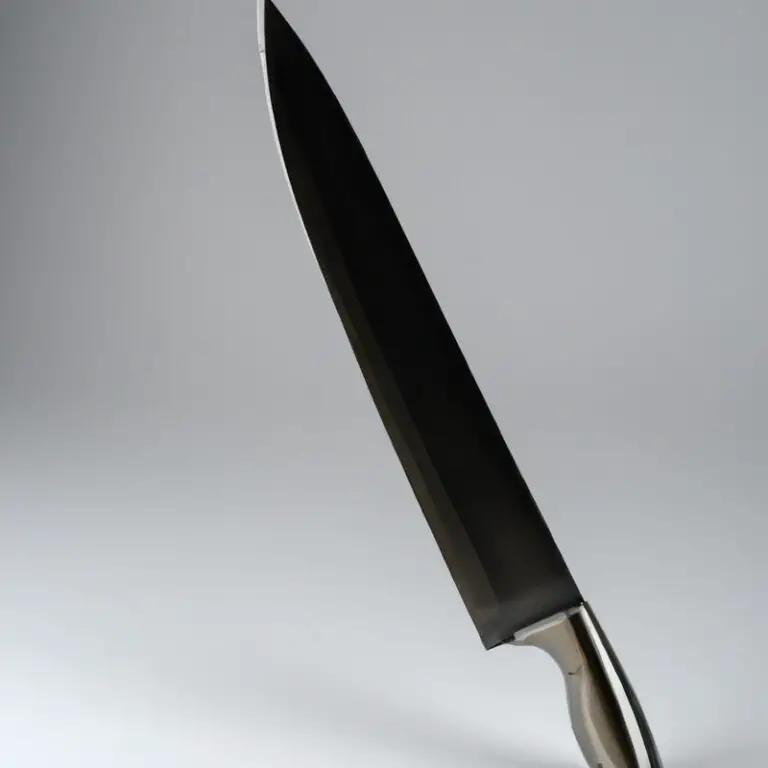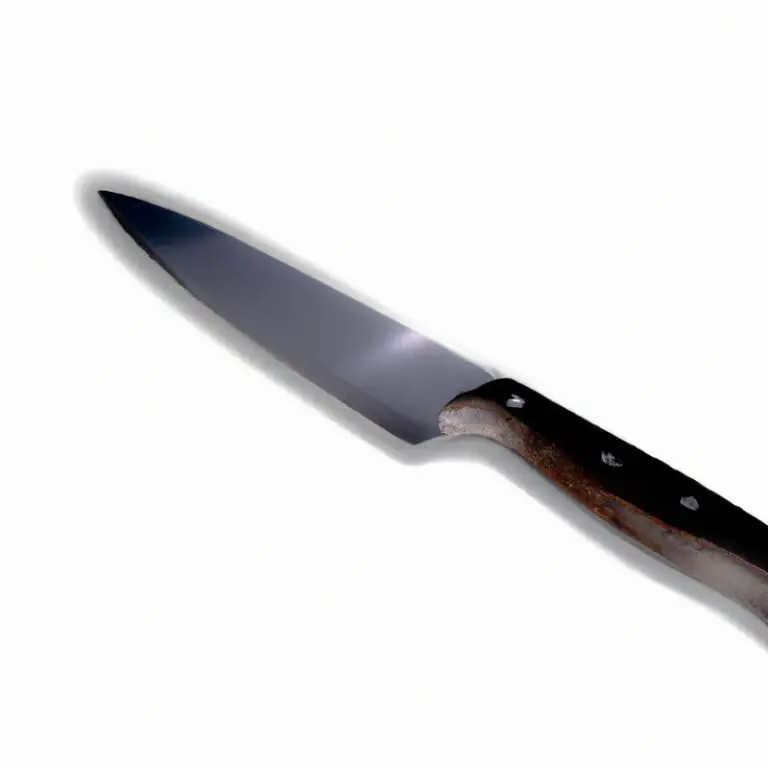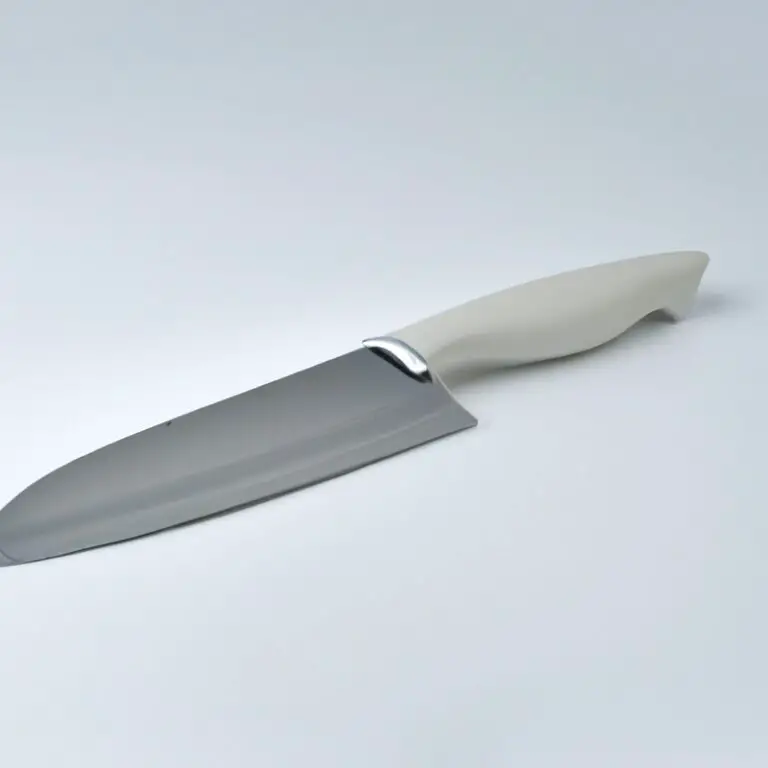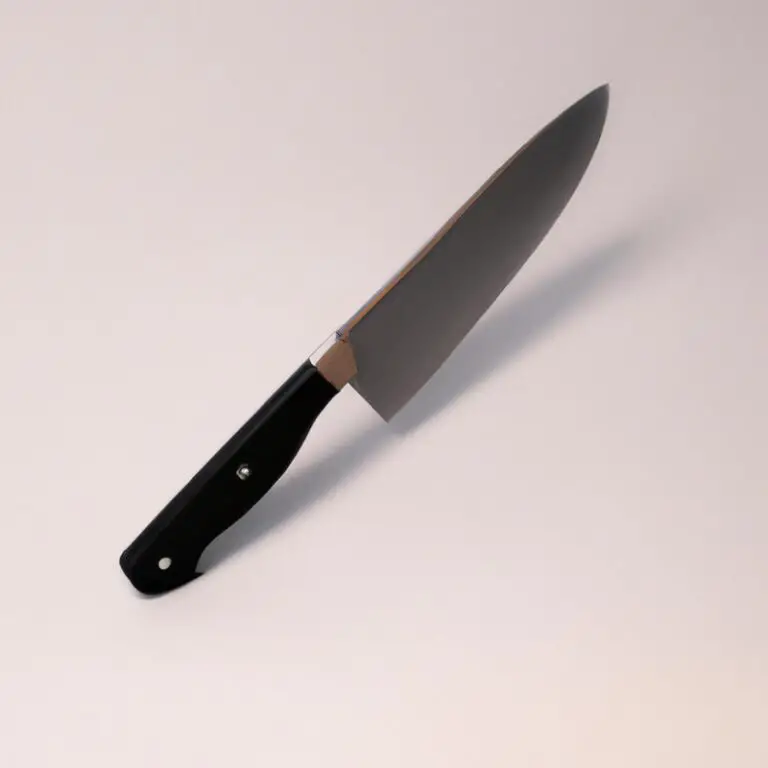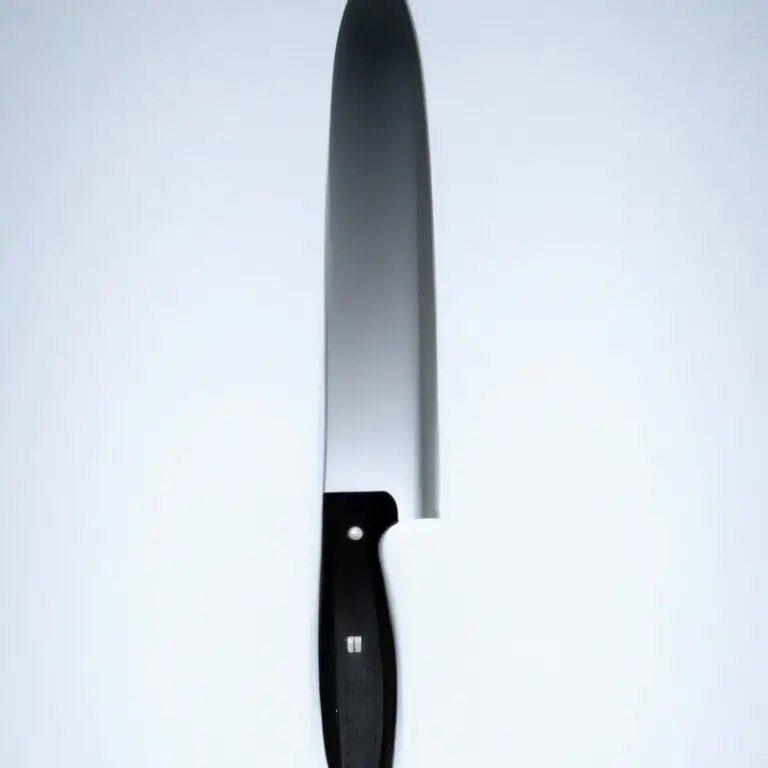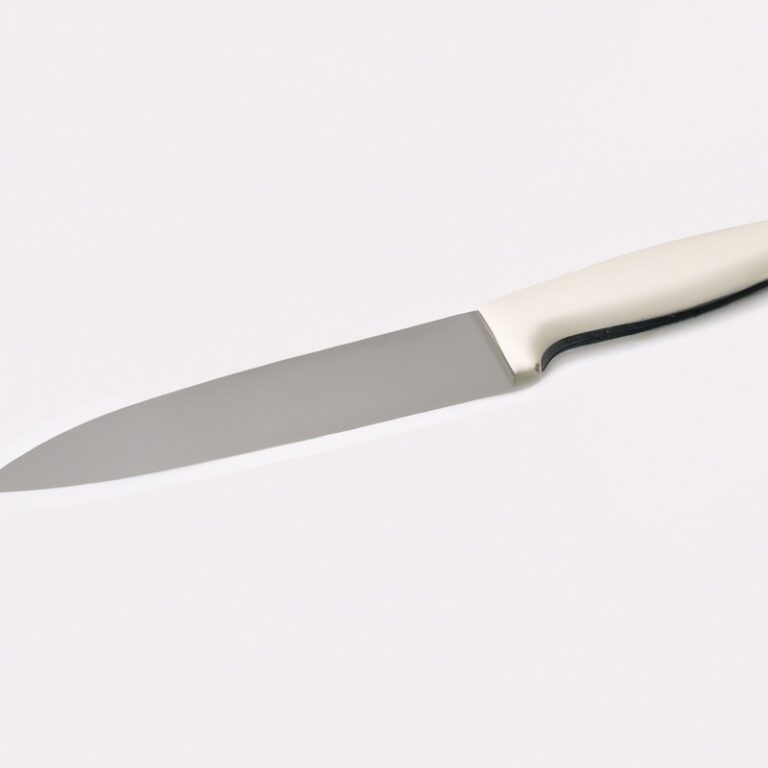What Are The Advantages Of a Flexible Boning Knife?
Key Takeaways:
- A flexible boning knife provides greater precision during delicate cuts.
- Its flexibility allows for better maneuverability around bones and joints.
- The thin blade reduces wastage of meat and retains more flavor.
- Flexibility also reduces the risk of injury to the user during trimming and boning.
Are you tired of struggling to make precise cuts on delicate meats like fish and poultry? Look no further than a flexible boning knife.
With its uniquely designed blade, a flexible boning knife offers a range of benefits from smoother cutting motions to easier fat trimming and bone removal.
But how do you choose the best one for your needs and budget? And how do you maintain it for a long lifespan?
In this article, I’ll provide all the answers you need to harness the versatility and potential cost savings of a high-quality flexible boning knife.
| Advantages of a Flexible Boning Knife |
|---|
| 1. Precise Cuts |
| 2. Versatile Use |
| 3. Reduced Meat Loss |
| 4. Easy Maneuverability |
| 5. Reduced Risk of Injury |
The many benefits of using a flexible boning knife in your kitchen
A flexible boning knife offers numerous benefits in the kitchen. The flexible blade allows for precise cuts in delicate meats like fish and poultry, and it’s essential for trimming fat and removing bones.
It can help achieve a smoother and more efficient cutting motion, making it a convenient and accessible tool for everyday use.
A high-quality flexible boning knife is also versatile enough to fillet and slice, and with proper care, it can last for a long time, potentially saving you money in the long run. Overall, a flexible boning knife is a must-have for any serious cook who values precision and efficiency in the kitchen.
Understanding the anatomy of a flexible boning knife: why it’s designed the way it is
A flexible boning knife is designed to have a thin, narrow blade with a slight curve to improve its maneuverability while trimming meat. The flexible blade allows the user to make precise cuts around bones and joints, while the curve aids in getting into tight spaces.
The tip of the blade is usually pointed, giving the user control while filleting fish or poultry.
The handle is ergonomically designed to provide a comfortable grip even when it’s wet or slippery. Overall, the anatomy of a flexible boning knife greatly contributes to its efficiency and effectiveness in removing bones, trimming fat and filleting fish or poultry.
How to choose the best flexible boning knife for your needs and budget
When choosing the best flexible boning knife, consider the following factors:
- Blade length: Choose a blade that’s appropriate for the size of meat you’ll be working with. For smaller cuts of meat, choose a shorter blade around 5 inches. For larger cuts of meat, choose a blade around 7 inches.
- Blade flexibility: A more flexible blade will be easier to maneuver around bones and joints. However, a stiffer blade will allow for more control when making cuts.
- Blade material: High-carbon stainless steel is a popular choice for its durability and corrosion resistance. However, there are other options such as ceramic and carbon steel.
- Handle: Choose a handle that’s comfortable to grip and won’t slip when wet. Materials range from plastic to wood to synthetic.
- Price: Flexible boning knives can range in price from $10 to over $100. Consider your budget and how often you’ll use the knife before making a purchase.
By considering these factors, you can choose the best flexible boning knife for your needs and budget.
The importance of a flexible blade for precise cuts in delicate meats like fish and poultry
A flexible blade is crucial for precise cuts in delicate meats like fish and poultry. It allows you to maneuver around bones and other obstacles without damaging the meat.
The flexibility of the blade also helps to maintain the integrity and texture of the meat while removing the bones or trimming the fat.
Without a flexible blade, you risk tearing the meat or leaving unwanted bits behind. In short, a flexible blade is essential for achieving clean and precise cuts in delicate meats, making it a must-have tool in any kitchen.
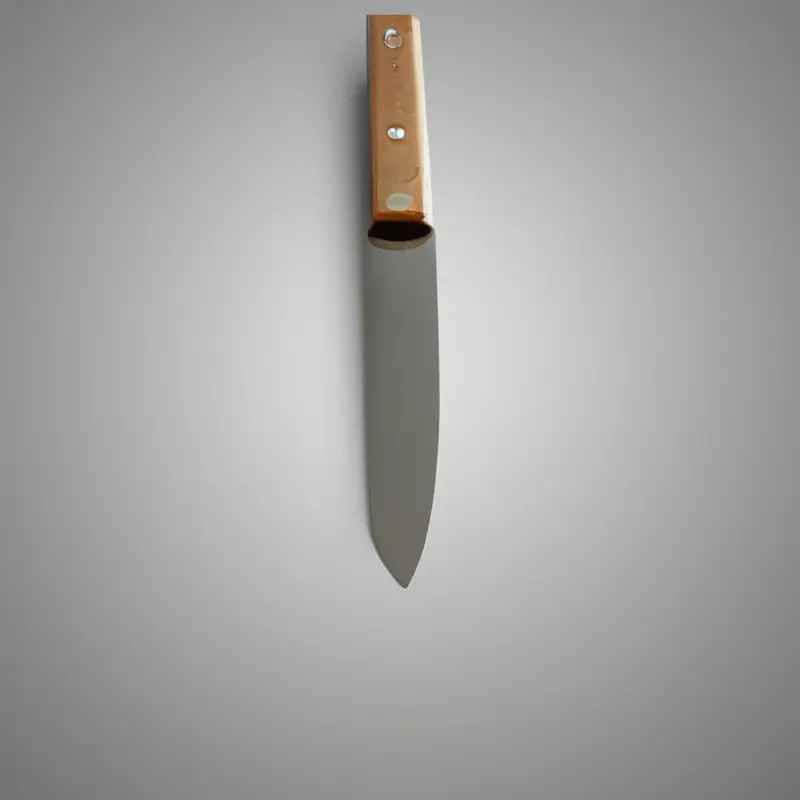
Why a flexible boning knife is essential for trimming fat and removing bones
A flexible boning knife is an essential tool for any cook who regularly works with meat. Its flexible blade allows for greater dexterity and precision, making it ideal for trimming fat and removing bones from cuts of meat.
Unlike a stiff blade, which can make it difficult to maneuver around joints and bones, a flexible blade can bend and adapt to the shape of the meat being worked on.
This reduces the risk of tearing the meat or accidentally cutting too deeply, resulting in less waste and a more professional-looking finished product. Whether you’re a professional chef or a home cook, investing in a high-quality flexible boning knife is the key to achieving perfectly trimmed and boned cuts of meat every time.
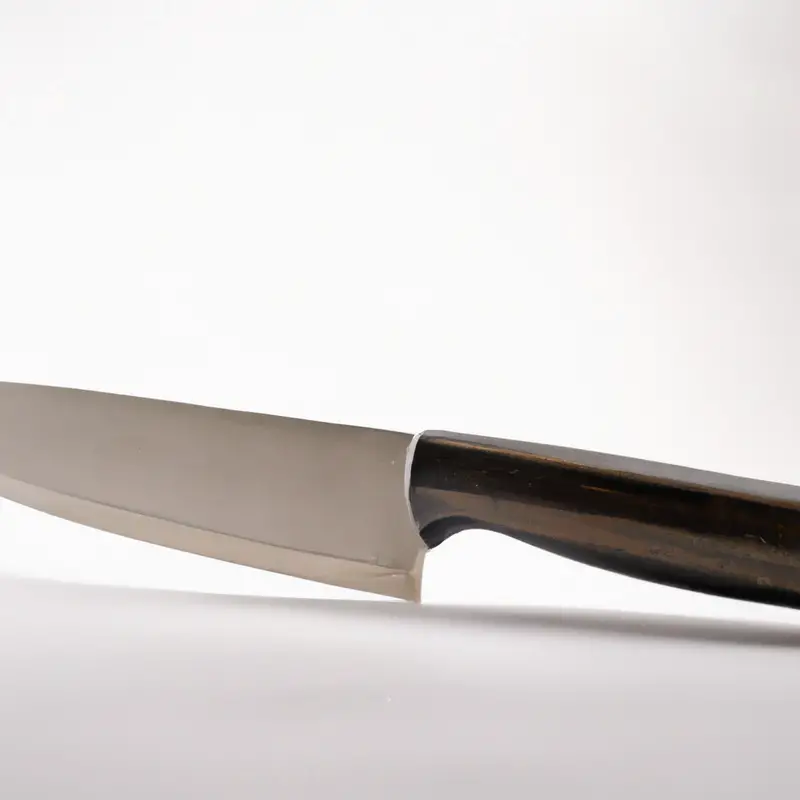
How a flexible blade can help you achieve a smoother, more efficient cutting motion
A flexible blade allows for a smoother and more efficient cutting motion because it conforms to the contours of the meat and allows for more precise cuts. The flexibility of the blade also reduces the likelihood of accidentally cutting through the meat, making it a safer tool to use.
Additionally, a flexible blade can easily maneuver around bone and cartilage without damaging the surrounding meat, resulting in less waste.
Overall, a flexible blade offers greater control and precision, making it a valuable tool in any kitchen.
The convenience and accessibility of a flexible boning knife for everyday use
One of the major advantages of a flexible boning knife is its convenience and accessibility for everyday use. The flexibility of the blade allows for effortless control and manipulation, making it easier to maneuver around bones and joints.
Additionally, a flexible blade enables a smoother, more efficient cutting motion, reducing the amount of effort required and minimizing the risk of accidents.
This type of knife is also versatile, allowing it to be used for a variety of cutting tasks beyond just boning. It is excellent for slicing through fillets of fish, trimming fat, and removing skin, making it an essential tool in any kitchen.
Another benefit of a flexible boning knife is that it is typically more affordable than other types of knives with similarly advanced features.
Investing in a high-quality flexible boning knife can save you money in the long run, as it can perform multiple tasks and has a longer lifespan than lower quality knives. Overall, the convenience and accessibility of a flexible boning knife is an important consideration for anyone looking to invest in a versatile and efficient cutting tool for their everyday kitchen needs.
How to maintain and care for your flexible boning knife to ensure a long lifespan
To keep your flexible boning knife in top condition, it is essential to practice good maintenance and care. Here are some tips to ensure a long lifespan for your knife:
- Clean your knife after each use with warm water and mild soap. Avoid abrasive sponges or cleaners that can damage the blade.
- Dry your knife immediately after washing with a clean towel and store it in a dry place.
- Sharpen your knife regularly with a honing steel or sharpening stone to maintain its edge. A dull knife can cause accidents and make your cuts less precise.
- Don’t use your flexible boning knife to cut hard materials like bone or frozen food as it can damage the blade and affect its flexibility.
- Store your flexible boning knife in a knife block or on a magnetic strip to avoid contact with other utensils that can scratch or damage the blade.
By following these simple tips, you can ensure that your flexible boning knife remains sharp, flexible, and durable for many years to come.
The versatility of a flexible blade for other tasks beyond boning, such as filleting and slicing
A flexible blade is not only useful for boning but also for filleting and slicing. Its ability to contour and bend along with the meat’s shape makes it the ideal tool for a variety of tasks.
For example, it can help you remove the skin from fish fillets without damaging the flesh or make thin, precision slices of ham or beef.
With a flexible blade, you can efficiently perform tasks that require a delicate touch and smooth cutting motion for a clean and precise cut. Overall, a flexible blade versatile enough to tackle a wide range of cutting tasks in the kitchen.
The potential cost savings of investing in a high-quality flexible boning knife over time
Investing in a high-quality flexible boning knife might seem costly at first, but it can actually save you money in the long run. A high-quality flexible boning knife should last for many years if it’s properly maintained.
On the other hand, a low-quality knife will need to be replaced more frequently, which means you’ll have to spend more money in the long run.
Additionally, a flexible boning knife can help you get more out of your meat because it allows you to trim around bones and get the most meat possible out of each cut. This means you’ll waste less meat and get more value for your money.
Overall, investing in a high-quality flexible boning knife is a smart choice for anyone who wants to save money and get the best results in the kitchen.
Final Verdict
A flexible boning knife is a highly versatile and essential tool for any kitchen, offering a range of benefits such as precision cuts, efficient trimming of fat and bones, and smooth slicing motions. By understanding the anatomy of the knife and choosing the right one for your needs and budget, you can unlock its full potential and achieve professional-level results in your cooking.
With proper maintenance and care, a high-quality flexible boning knife can last for years, providing a cost-effective solution in the long run.
So, whether you’re a professional chef or a home cook, consider investing in a reliable and durable flexible boning knife for your kitchen and take your culinary skills to the next level. Trust us, your meals will thank you for it.

